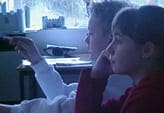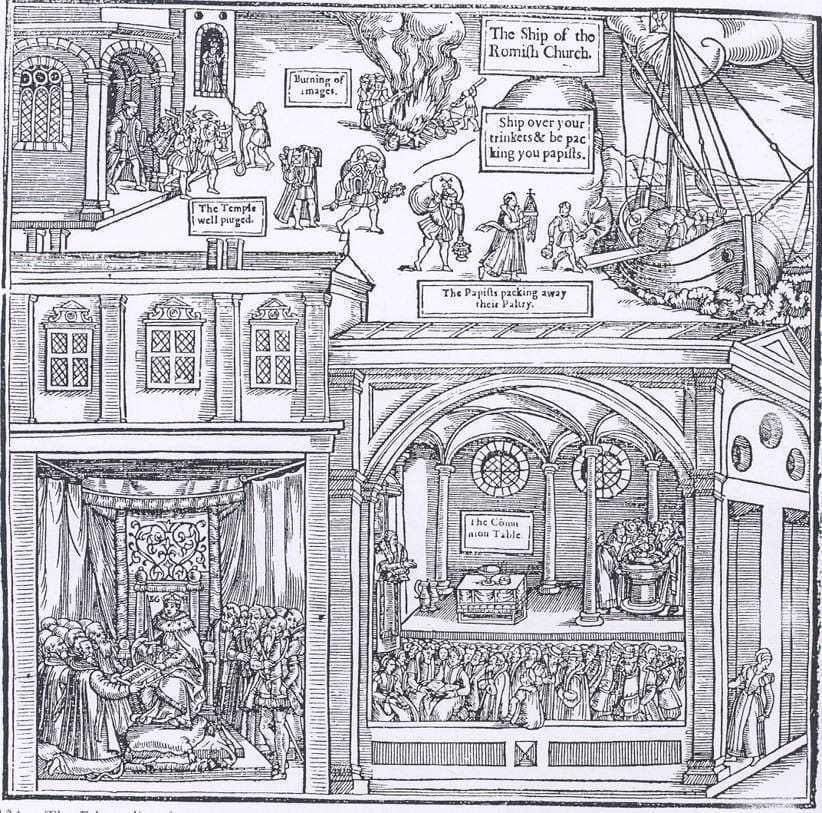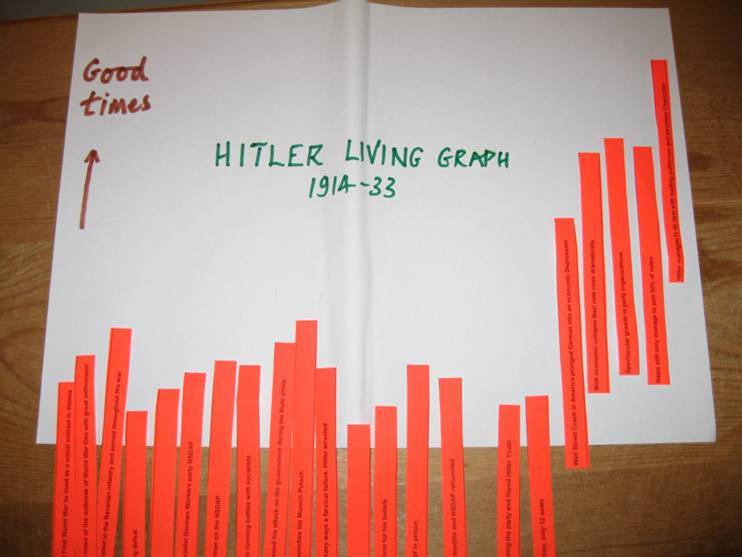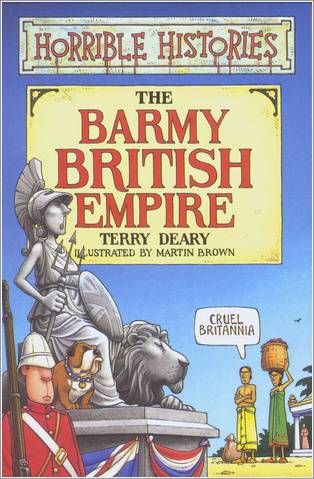
Provision for gifted and talented pupils has never been more in the spotlight than now. For all the work that has been going on for years, many schools are still at the early stages of identification, guidelines and general provision rather than very specific subject-based approaches. Guidance from the National Strategies has been helpful but does not go far enough. The NAGTY report of 2005 (still the best we have in 2013) went far deeper but still did not offer hard-pressed history teachers enough practical support. This section of the site moves the ground from the general to the particular, so that specific case studies are cited.
I often think that teaching able pupils history at KS3 has to take account of two factors, both of which draw on a swimming pool analogy. Far too often in my opinion able pupils spend too long tin the shallow end in lessons, rarely experiencing what it is like to be challenged to think at a level that is almost out of their depth. So whenever planning any lesson with more able pupils try to think of the time they spend struggling rather than coasting. Secondly think of high-board diving. How often do we ask pupils to do something different that is clearly very demanding and much more advanced than the rest of the class? Or do we just expect them to do better what the others in the class are doing? Making use of Bloom’s taxonomy and the detailed guidance in the progression area of the site, should help you to pitch the work to take account of objectives expected of much older pupils. Clearly the process is far more sophisticated than this, but I am convinced that just thinking about these two images will lead to improvement.
To whet your appetite here are 15 general ideas to stretch the more able in history . You will find specific examples of these strategies within the excellent PowerPoint presentation, included as a downloadable.
15 ideas for extending the more able in history
Ask pupils to :
- Draw independent conclusions
- Prioritise, weigh, relative importance
- Provide a critique
- Hypothesise
- Raise questions
- Synthesise
- Summarise achievement of
- Evaluate
- Create
- Challenge others’ viewpoints
- Interpret
- Generalise
- See patterns
- Create images e.g. an analogy diagram or Living graph
- Predict
The other advice is contained within specific files which are included as downloadable resources
- Spotting more able pupils in history, text and diagram
- Developing your own departmental guidelines; a CPD activity
- Ideas for challenging more able pupils in their work on source evaluation and interpretations, drawing heavily on the National Association for Talented and Gifted Youth (NAGTY) report written up by Arthur Chapman in November 2005.
- Copy of the NAGTY report in full.
- Ways of enriching and extending more able pupils
- What do I need to do to be a good teacher of G&T pupils at Key Stage 3?



